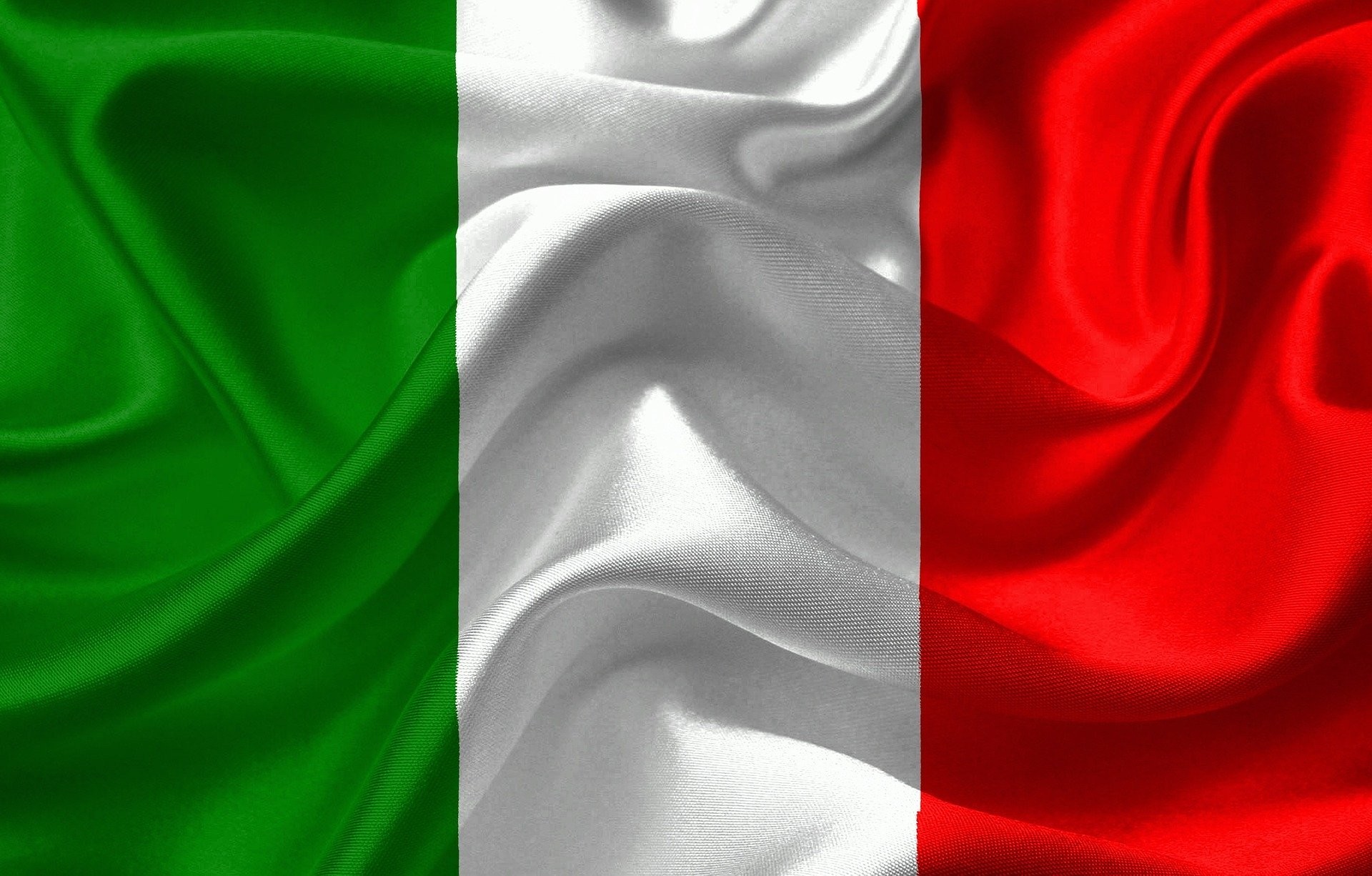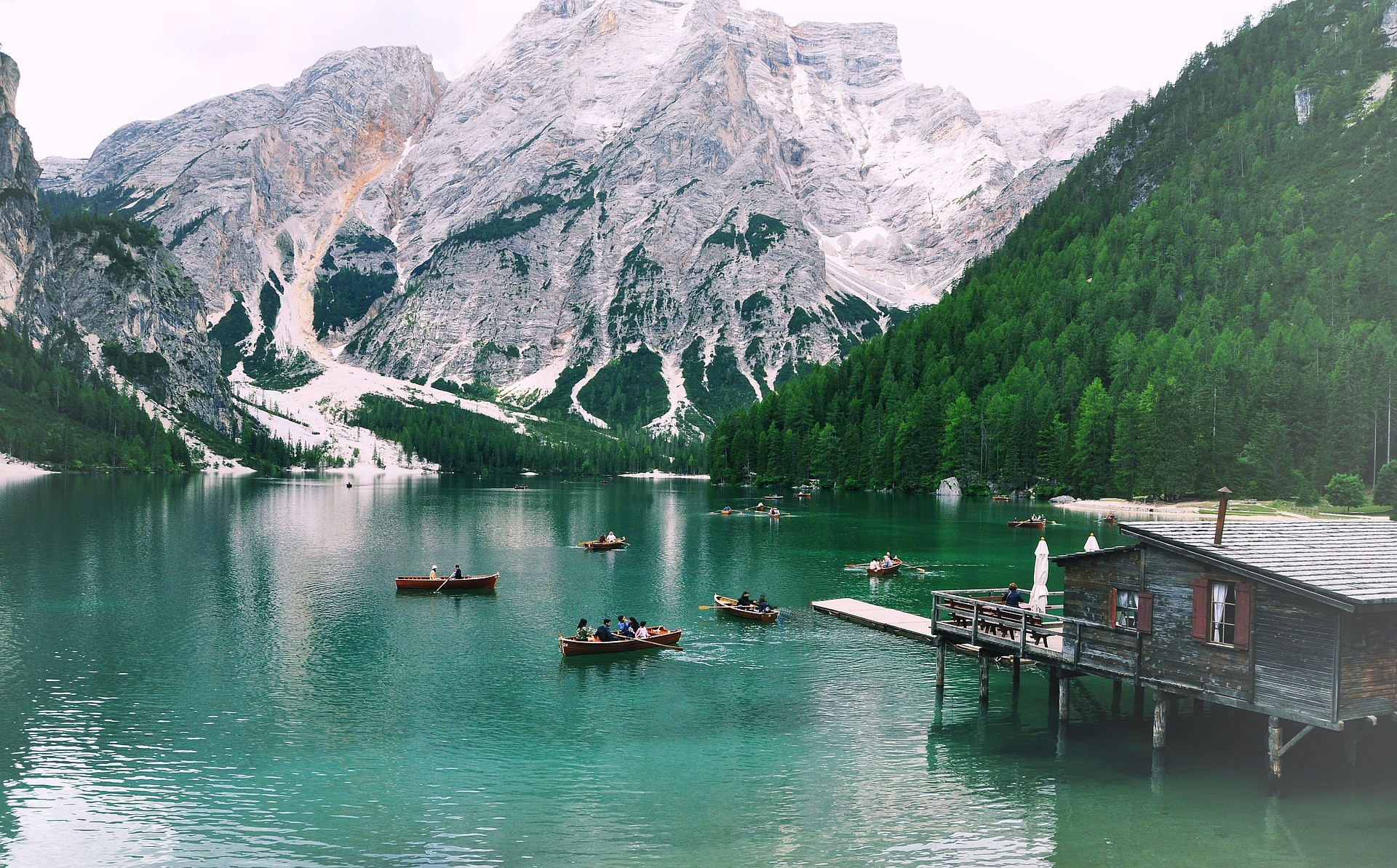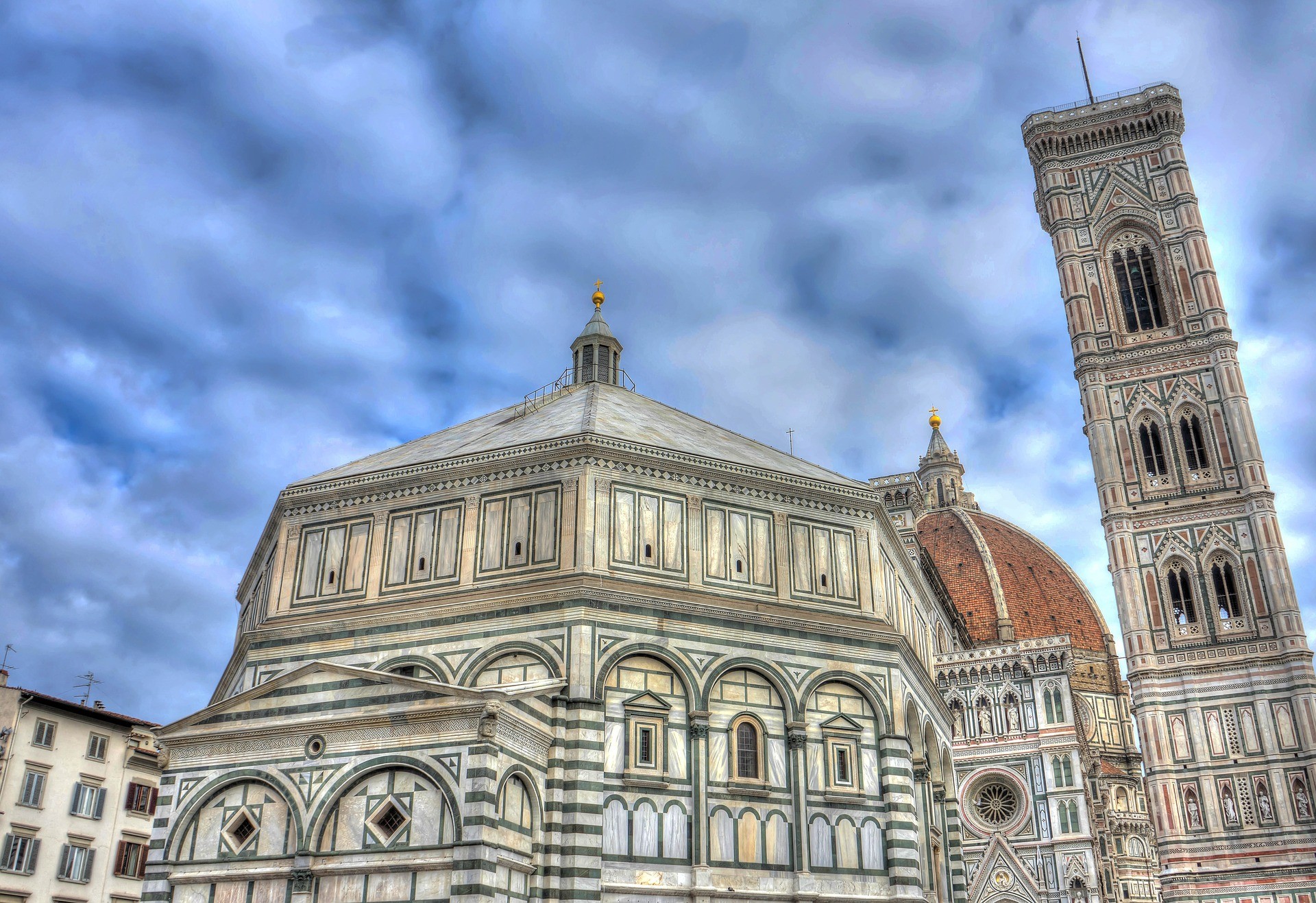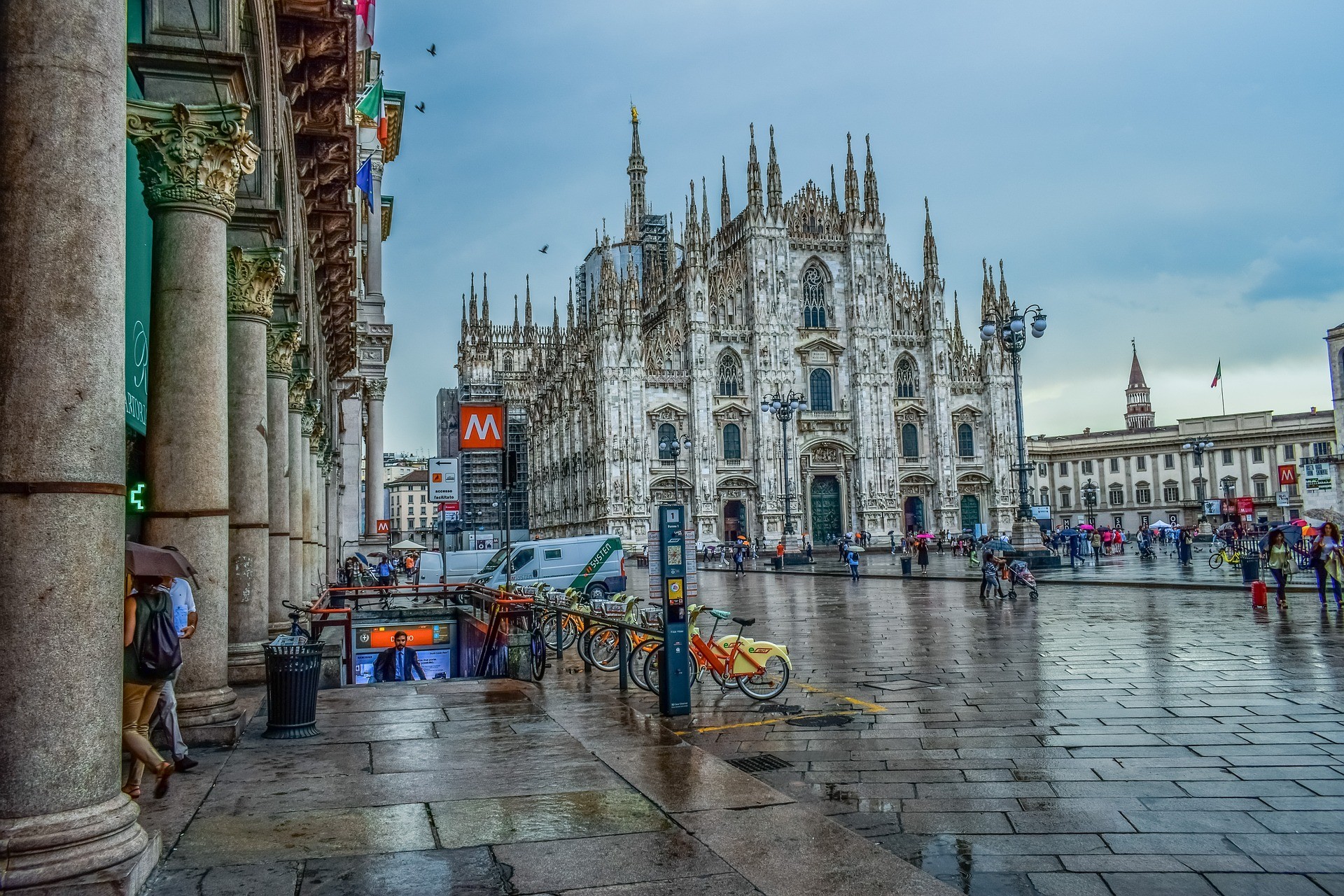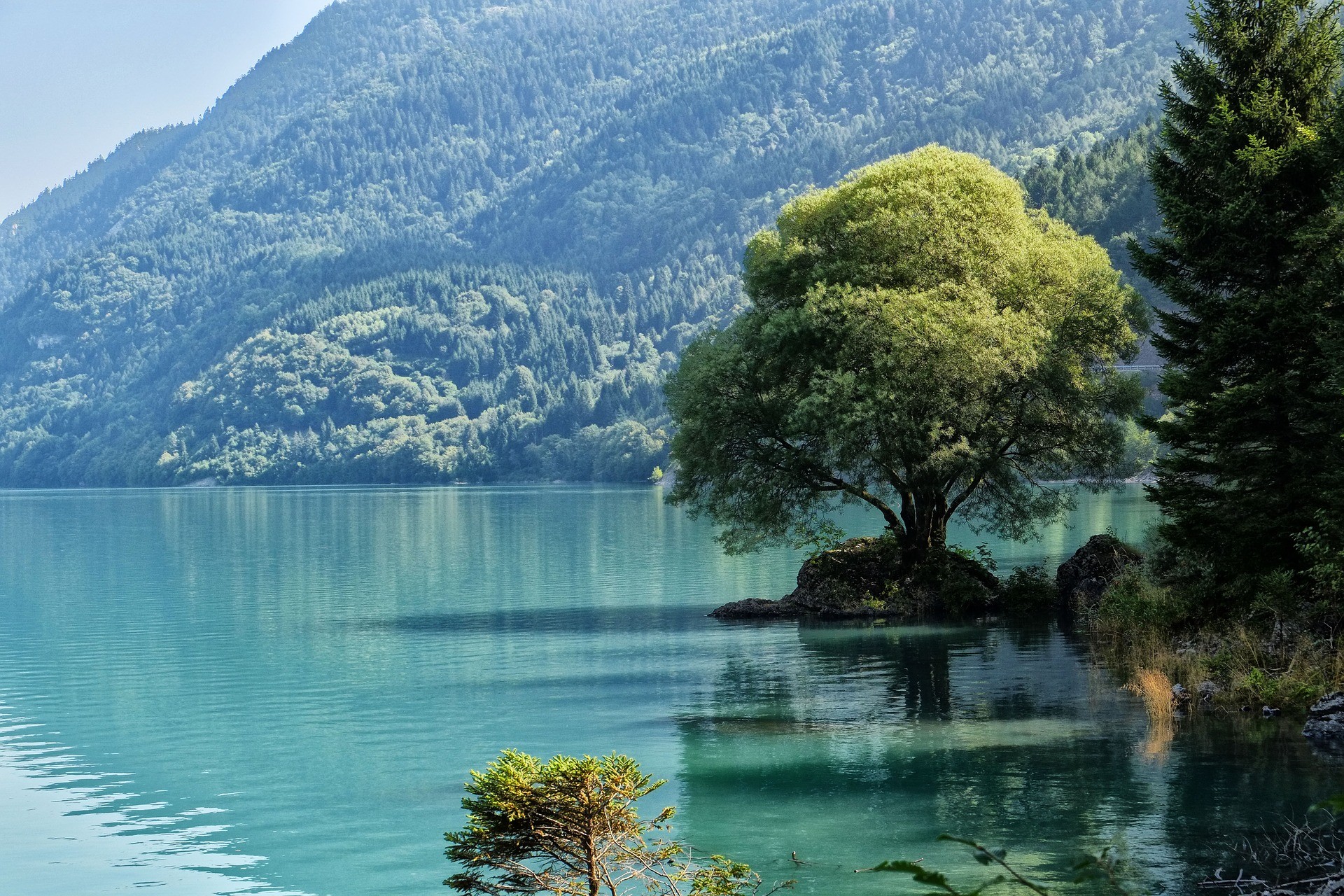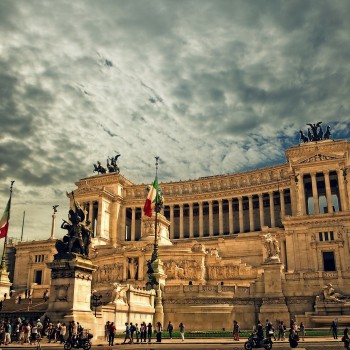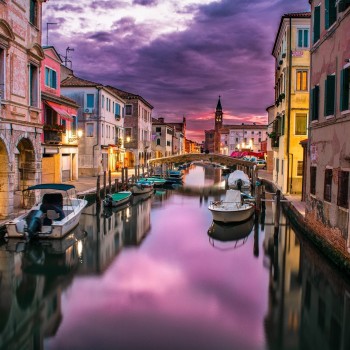Italy
Italy
Capital city description
Rome is the capital of Italy, it is located in the central part of the Italian peninsula, and it is the largest and most populated Italian city. The city capital has become an important political and cultural hub. It houses the most important political institutions like the Parliament – Parlamento in Italian – and the Quirinale – the official residence of Italian Presidents.
Rome is renowned for its delectable food, shopping streets like Via del Corso and Via Condotti, and the stunning monuments, from the ancient Roman Empire to Renaissance and Baroque churches.
Climate
Italy's climate has different types: mild continental in the Po Valley, cold in the Alps, the Mediterranean on coasts and islands, and finally, cool and windy in the Apennines. July and August are the hottest and sunniest months, except in the Alpine region, where thunderstorms in the afternoon are pretty frequent.
Spring: March to May
Summer: June to August
Autumn: September to November
Winter: December to February
Languages spoken
The official and widely spoken language in Italy is Italian, spoken by more than 90% of the country's population. Other spoken foreign languages are English, Spanish and German, spoken mainly by a few people.
Fun/Fascinating Facts
- Italy is the fifth most visited country globally, welcoming 46 million foreign visitors annually. It's also the fifth most dense country in Europe.
- Italy is home to 55 UNESCO World Heritage Sites and the world's oldest university, the University of Bologna, founded in 1088.
- Tourists toss around €3,000 a day into the Trevi Fountain, which amounts to roughly €1,000,000 every year, all donated to charity.
- Italy is home to Europe's only three active volcanoes. Mount Etna on Sicily last erupted in 2021, and Mount Stromboli is another active Italian volcano. It's on a small island near Sicily. Vesuvius in Naples has been dormant since 1944.
- When McDonald's first opened in Rome in 1986, many Italian protested.
Unique Customs/Traditions
- In Italy, 17 is considered an unlucky number, The Roman numeral for 17 is XVII, but when rearranged to look like VIXI, it means "I have lived," a symbol that's placed on ancient tombstones and associated with death.
- Italians pay honor to agriculture because it provides them with food and jobs. Agricultural and harvest festivals take place year-round.
- Instead of Christmas trees, Italians decorate living spaces with nativity sets that serve as reminders of the holiday's religious origins. They also create elaborate creches to display indoors or outside.
- Italians never choose Fridays as the day of their wedding day. It is said that evil spirits are created on this day of the week. On the wedding day, the groom should carry a small piece of iron in the pocket of his suit to keep evil spirits from spoiling the day, while the bride should make a slight tear in her veil that is said to bring the best of luck.
- According to Italian traditions, a loaf of bread must always be placed facing up. This superstition is based on the religious fact that bread is considered a symbol of life; therefore, it's bad luck to turn the bread upside-down or stick a knife into it.
- In Italian tradition, having 13 people around the table at mealtime is considered bad luck, as there were 13 people at the Last Supper.
Popular universities
| Name | Description | |
|---|---|---|
| University of Florence (Università Degli Studi di Firenze) | The University of Florence (Università Degli Studi di Firenze) is a public research university situated in the breathtaking city of Florence, founded in 1321. The university gives access to high technology research labs with the latest equipment for better learning of students in an environment conducive to learning. The university comprises 12 departments offering 38 different courses ranging from medicine to agriculture to law. Universities in Italy like the University of Florence have partnerships with various international universities that provide joint degree opportunities to the students. | |
| University of Milan | The University of Milan (Università Degli Studi di Milano )is a non-profit public higher education institution located in the urban setting of the metropolis of Milano, Lombardia, established in 1924. It is an institution of higher education offering various courses in management studies, arts, science, and fashion. The university is dedicated to providing quality education and infrastructure to its students. | |
| University of Bologna (Università Degli Studi di Bologna) | The University of Bologna (Università Degli Studi di Bologna) is a non-profit public higher education institution located in the urban setting of the medium city of Bologna, Emilia-Romagna. It is one of Italy's oldest and most prestigious universities, established as early as 1088. Bologna university has multidisciplinary departments offering 79 courses across various streams. The University of Bologna is a significant establishment attended by more than 78 thousand students from every nook and corner of the world. The college has about 6% of international students worldwide who all come together in a unique blend of diversity to call the University of Bologna their home. | |
| University of Rome La Sapienza (Sapienza Università di Roma ) | The University of Rome La Sapienza (Sapienza Università di Roma ) is a leading pedagogical institution in Italy. It was established in 1303 as a public institute and instructed students through collaborative teaching and learning. The University of Rome La Sapienza (Sapienza Università di Roma ) offers courses and programs leading to officially recognized higher education degrees such as bachelor's degrees in several areas of study. | |
| University of Padua (Università Degli Studi di Padova) | The University of Padua (Università Degli Studi di Padova) is an Italian public university located in Padua, region of Veneto, northern Italy, founded in 1222 . The university offers its students 32 departments, 37 doctoral degree courses activated this year, two international doctoral degree courses, and 44 research and service centers across the spectrum of sciences, medicine, social sciences, and humanities, with more than 2,000 professors and researchers employed. | |
| University of Turin (Università Degli Studi di Torino) | The University of Turin (Università Degli Studi di Torino) is a non-profit public higher education institution located in the urban setting of the large city of Torino Piemonte, established in 1404 It offers a great range of undergraduate (3-years) degree courses. This institution also has branch campuses in the following locations: Alba, Aosta, Asti, Biella. The university also offers an undergraduate program for international students as such Global Law and Transnational Legal Studies (Department of Law), Business & Management (Department of Management), Medicine and Surgery (Departments of Clinical and Biological Sciences and Oncology; 6-years long degree) | |
| University of Pisa (Università Degli Studi di Pisa) | The University of Pisa (Università Degli Studi di Pisa) is a non-profit public higher education institution located in the urban setting of the small city of Pisa, Toscana. The University of Pisa is one of the best universities in Italy, and it excels in: Arts and Humanities, Engineering and Technology, Life Sciences and Medicine, Natural Science, Mathematics, Physics, Chemistry. | |
| University of Genoa ( Università Degli Studi di Genova) | The University of Genoa (Università Degli Studi di Genova ) is a non-profit public higher education institution located in the urban setting of the large city of Genova. The university was founded in 1481 and is one of the largest universities in Italy. The University of Genoa offers courses and programs leading to officially recognized higher education degrees such as bachelor's degrees in several areas of study. | |
| University of Naples Federico II(Università Degli Studi di Napoli Federico II) | The University of Naples Federico II(Università Degli Studi di Napoli Federico II) is a non-profit public higher education institution located in the urban setting of the large city of Napoli, Campania, founded in 1224. The university offers courses and programs leading to officially recognized higher education degrees such as bachelor's degrees, master's degrees, doctorate degrees in several areas of study. | |
| Ca' Foscari University of Venice (Università Ca' Foscari Venezia, | Ca' Foscari University of Venice (Università Ca' Foscari Venezia,) is a public university in Venice, Italy, founded in 1868. It offers courses and programs leading to officially recognized higher education degrees such as bachelor's degrees, master's degrees, doctorate degrees in several areas of study. It is one of the most prestigious universities in Italy regarding Teaching Italian to Foreigners. | |
Festivals & Events
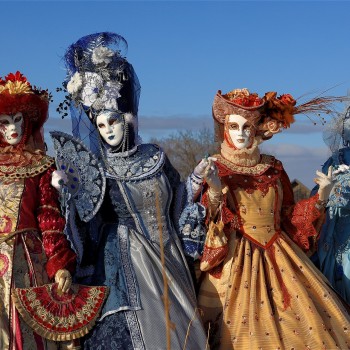
Carnevale
Date: February or March
The most famous carnival in Italy, Carnevale held in numerous towns of Italy; parties, parades, and fantastic masquerade balls are organized to keep the people entertained.
The balls may become costly for tourists; still, boat parades, music concerts, and street performances are free and open to the general public.

Scorpio del Carro
Date: Easter Sunday
Scorpio del Carro is a traditional event in Florence, Italy. Every Easter Sunday, people gather outside the Il Duomo to watch the Explosion of the Cart or the Scoppio del Carro.
It has been observed for centuries and ends literally with a bang as an impressive fireworks display is lit outside the cathedral. A pair of oxen decorated with garland will then pull a wagon built in 1622 around the streets of Florence towards the square where the fireworks start to blast.
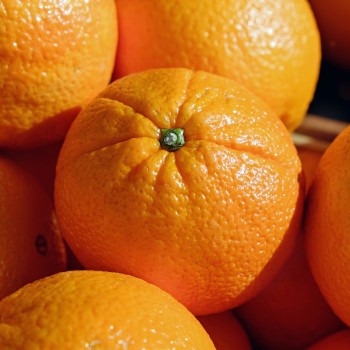
Battle of Oranges
Date: February to March
The Battle of Oranges is a symbolic festival representing the uprisings in Italy against the cruel ruler Ranieri di Bankrate. This world-famous festival recalls people from the Middle Ages throwing oranges for ammunition.
The festival is one of Europe’s most significant food fights. Festival-goers sprint through the streets and throw oranges from one of the battle buses roving around Ivrea. The people of Ivrea group themselves into nine teams and spend the next three days battling over Italy’s biggest food fight.
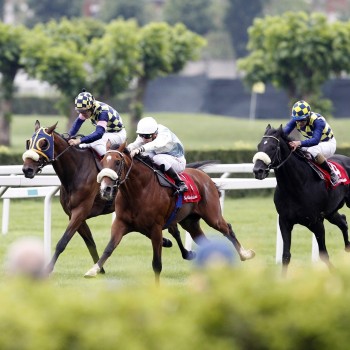
Palio di Sien
Date: July and August
The Palio di Siena is a famous riding game in Siena celebrated in honor of the Madonna of Provenzano, a Marian devotion particular to Siena. A special mass, blessings from the horses, and a grand procession start this festival's main race day.
About 17 districts compete against each other in the horse riding game. The winning champion rider is awarded as Palio.
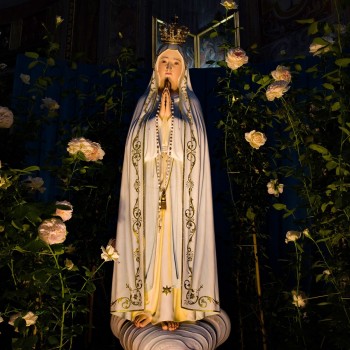
Festa Della Madonna Bruna
Date: July
Held every second of July, the people of Matera celebrate its sacred protectress, Madonna Della Bruna. Grand processions, musical bands, market stalls, colored lights, and extravagantly eye-boggling firework displays are some events that happen during the festival.
The statue of the Virgin Mary has paraded around the streets aboard a grand chariot that is pulled by horses, together with a column of knights riding on other horses, a marching band, high officials of the church, the town, and the state, and ends with a grand fireworks display.
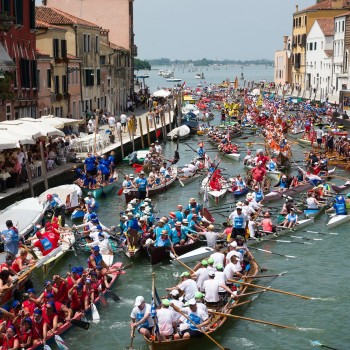
Venice Regatta
Date: September
The Venice regattas that follow the parade of historic boats are considered the most momentous event of the entire Venetian rowing season.
The Venetian Regatta is observed to honor the wife of King Cyprus- Caterina Cornaro. The practitioners of this fascinating discipline hold the winners in high regard.
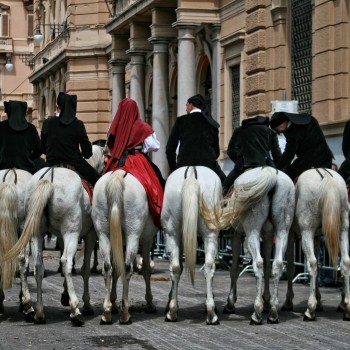
L'ardia di San Costantino
Date: July
The L'ardia di San Costantino, or the protection of St. Constantine, is a festival held every July at Sedilo in northern Sardinia. This festival is famous for the hundreds of horses rushing around Sanctuario di San Costantino, down the hill, and through the narrow road leading to Constantine's Arch. The horses are then accompanied by thousands of blank cartridges filled with black powder into the open air.
The festival is regarded as a Christian festival since townspeople, and thousands of pilgrims worldwide flock to the small town to show devotion to St. Constantine.
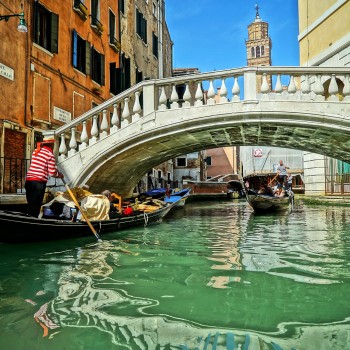
Marriage of the Sea, or Festa Della Sensa,
Date: Last weekend of May
Held every last weekend of May, Marriage of the Sea, or Festa Della Sensa, is one of Italy's famous and majestic festivals that bring to life its thousand-year history and close ties to the sea and the art of "Voga alla Veneta" rowing.
The city celebrates its power over the sea with a massive marine parade of rowboats starting from St. Mark's and ending at St. Nicolo Port. Thousands of spectators line up on the waterways to see the parade unfolding before their eyes.
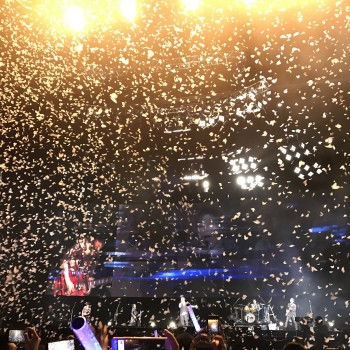
Milano Summer Festival
Date: June to July
The Milano Summer Festival is the most major concert series throughout the summer, featuring some world-renowned musicians, DJs, and metalheads performing for their fans in Italy.
Artists and performers such as Red Hot Chili Peppers, Major Lazer, Kings of Leon, Martin Garrix, and Santana have performed at the Milano Summer Festival.
.jpg)
Firenze Rocks
Date: June
Firenze Rocks is considered the biggest summer music festival in Tuscany. It is a rock and pop festival in Florence in Northern Italy that features some of the world’s most renowned artists and bands performing live for all of their Italian fans.
Most of the bars and artists serving in this music festival in Italy are metal and hard rock music. Some of the personalities that have already performed in the festival include Guns’ n Roses, Foo Fighters, Ozzy Osborne, Judas Priest, and The Rattlesnake.
Attractions / Top Sights
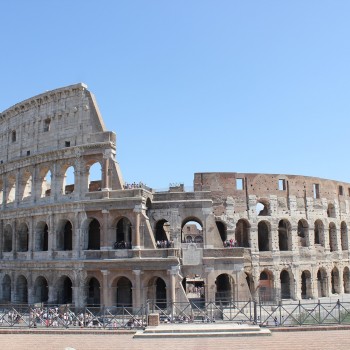
Colosseum, Rome
When to visit: November to February
Built by Vespasian in AD 72, the Colosseum in Rome is the enormous and most famous amphitheater in the Roman world and the most visited tourist attraction in Italy. It could hold some 50,000 spectators, with ''velarium" at the top of the attic to protect the viewers from the rain and heat of the sun.
An ancient wooden floor that was 83 by 48 meters covered two different underground stories with tunnels, rooms, cells, and passages that provided space for gladiators, workers, wild animals, and storage.
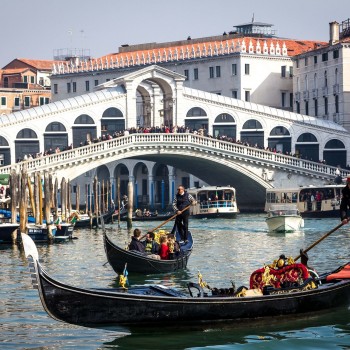
Grand Canal in Venice
When to visit: Spring and winter
Known as “The City of Water,” Venice is the crown jewel of water cities. The central waterway in the city is the famous Grand Canal, the most extensive and most well-known of these waterways, cutting a wide S-shaped route through the city.
Surrounded by the canal are many picturesque views, such as the grandest palaces once owned by the wealthiest and most powerful families of the Venetian Republic. Locals get around via the water buses called vaporetti, but many travelers prefer private water taxis or romantic gondolas.

Duomo Santa Maria del Fiore
When to visit: November to March
Established in 14361 in honor of Santa Maria del Fiore, Duomo Santa Maria del Fiore, or the Cathedral of Santa Maria del Fiore, is one of the world's beautiful cathedrals, dominating the Florence skyline. Florence's stunning cathedral boasts the world's most famous and impressive dome.
Designed by Arnolfo di Cambio, the outstanding exterior of the basilica is faced with polychrome marble panels in various shades of green and pink bordered by white. The cathedral's bell tower stands close beside the cathedral in Piazza del Duomo, covered in the same patterned marble typical of Tuscan Romanesque architecture.
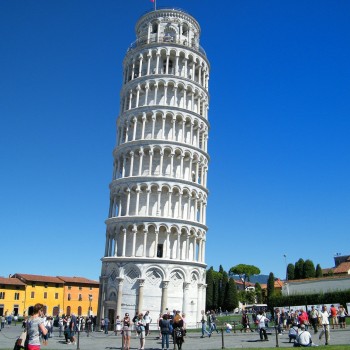
Leaning Tower of Pisa
When to visit: April to June or September and October
The Leaning Tower of Pisa (La Torre Pendente) is one of many beautiful tourist attractions in Pisa, the most visited tower by thousands of tourists worldwide due to its distinctive architectural structures from medieval Europe.
The Leaning Tower stands on the Piazza Dei Miracoli, with the beautiful Romanesque Cathedral of Santa Maria Assunta and a round freestanding baptistery. Each of these features outstanding works of medieval stone carving.
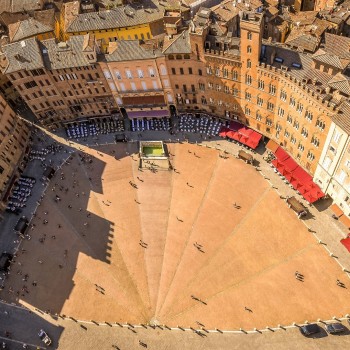
Piazza del Campo
When to visit: July and August
One of Europe's most fabulous medieval squares, the Piazza del Campo, is the central public space of the historic center of Siena, Tuscany. The square is famous for its magnificence and architectural integrity.
The historic square hosts Palio di Siena's renowned horse race festival, which involves circling the Piazza del Campo, which takes place in July and August. Many tourists flock to the Piazza del Campo to witness Italy's fantastic horse racing competition.
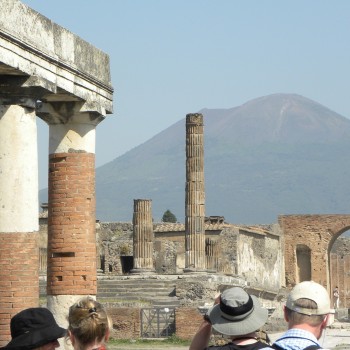
Pompeii
When to visit: April, May, September and October
Mt. Vesuvius in AD 79 destroyed the town of Pompeii, resulting from damaging almost part of the town from jars and tables to paintings, and people were frozen in time. But that same eruption also preserved many of the city's art treasures: frescoes, mosaics, and sculptures encased in the lava as it cooled.
Several centuries of excavations have revealed the remains of houses, markets, baths, temples, theaters, streets, and human remains. Today, Pompeii is one of Italy's most famous tourist attractions.
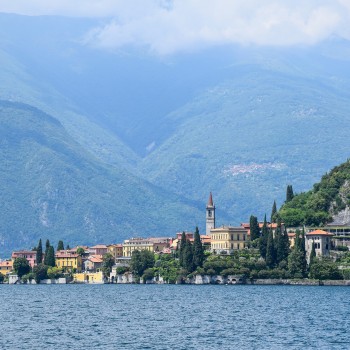
Lake Como
When to visit: April to October
One of the famous tourist destinations in Italy, the beautiful Lake Como, is very popular for its scenic areas, surrounded by mountains and lined by small panoramic towns. The lake is famous for the attractive villas built in Roman times and palaces along its wooded shores; Villa Balbianello and Villa Carlotta are the best known, surrounded by open gardens to the public.
The mild climate that makes the lakeshore ideal for gardens is also a draw for tourists, with characteristics similar to the Mediterranean. Along with the resort towns around the lake, there's an 11th-century abbey.
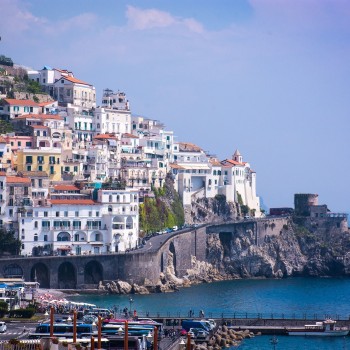
Amalfi Coast
When to visit: May or September
A UNESCO World Heritage Site, Amalfi Coast, is a stunning stretch of coastline along the Sorrentine Peninsula, south of Naples and Sorrento, renowned for its rugged terrain, panoramic beauty, and picturesque town.
Hillside towns are built precariously along the steep mountainsides that cascade down to the sea. The main towns here are Positano and Amalfi, with their colorfully domed cathedral.
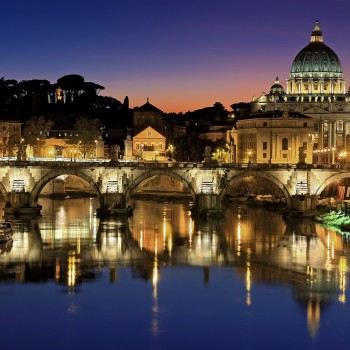
Vatican
When to visit: October to mid-January
A very famous place, especially to some Catholic devotees, the Vatican is home to some of the world's most world-renowned art and art collections. It houses the great Basilica of St. Peter, built in the early 16th century with the tomb of St. Peter and one of Michelangelo's most poignant works, the Pieta.
Outside is St. Peter's Square, where the Pope addresses followers. At the same time, the facade and the proximity to the Pope are the main reasons to visit St. Peter's Basilica. The walls and ceilings of the Sistine Chapel are covered with frescoes by Michelangelo, and in the Vatican Palace are works by Raphael and other significant artists.
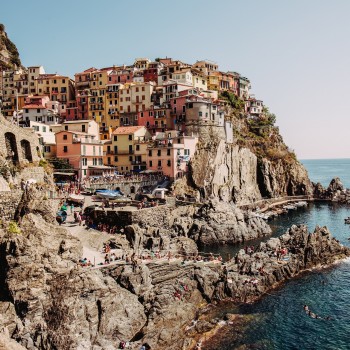
Manarola
When to visit: In Autumn and late Spring
The stunning town of Manarola is one of the ancientest towns in Cinque Terre, situated in the Italian Riviera. The towns sprout out of the mountainside to provide a breathtaking view of the Mediterranean sea. The "Five Lands" comprises five villages famed for their beauty. Part of Cinque Terre's charm is the lack of visible modern development.
Hiking between the villages is one of the most favorite things to do as it gives travelers the chance to enjoy the landscape. The small towns have maintained a feel of old-world fishing villages and offer a sense of remoteness even in modern tourism.















